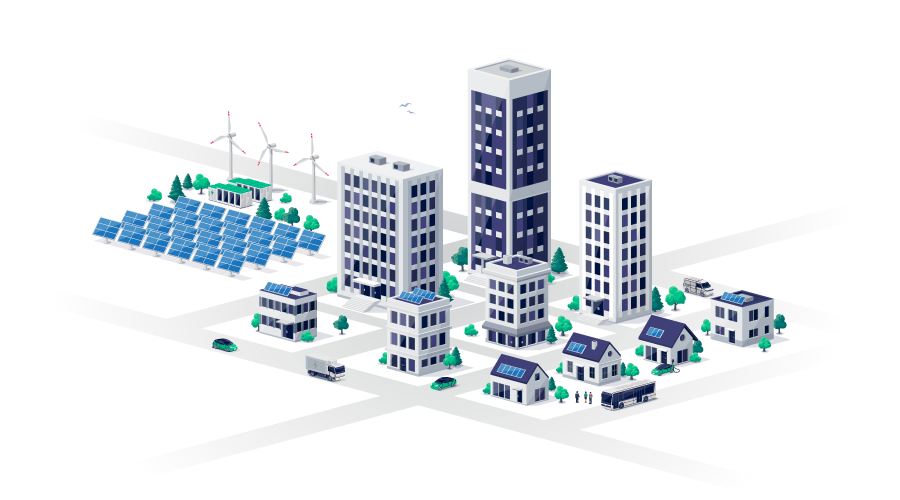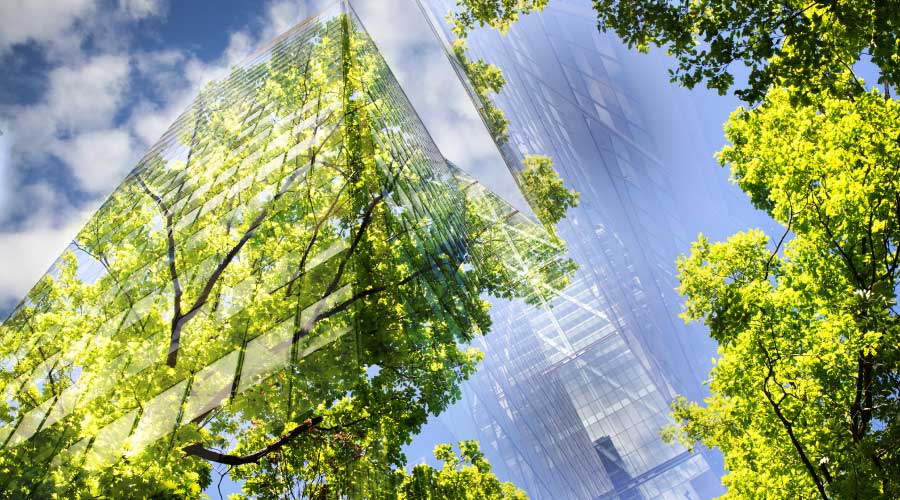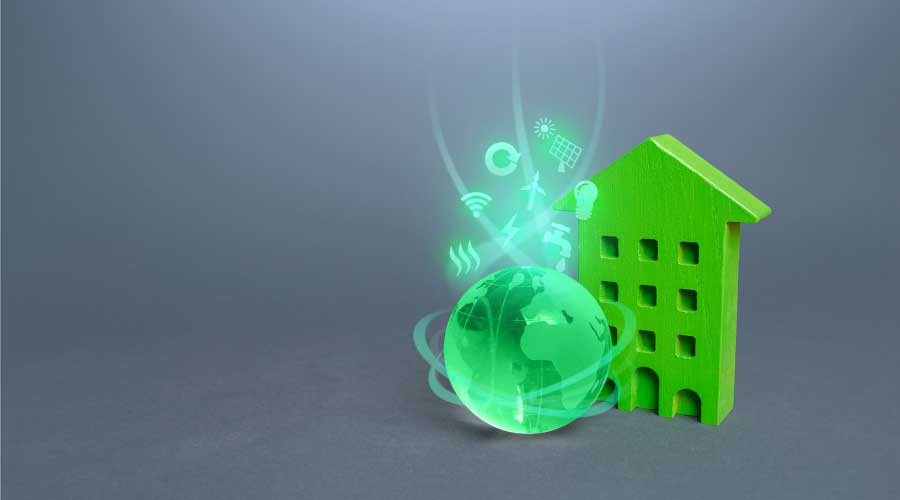Tweaked Section 179D, New Section 179F Would Offer Improved Tax Deductions For Energy Efficiency
Under current law there are only two categories of tax beneficiaries, namely commercial building owners and designers of government buildings. A proposed new version of Section 179D and a new Section 179F would offer increased rewards for those buildings that beat the improved energy efficiency benchmarks.
The current Senate proposal would extend EPAct for three years, through Dec. 31, 2016. The proposal makes several significant changes. One is that the baseline would change from ASHRAE 90.1-2001; initially, the new baseline would be the 2004 version 90.1, and then it would change to 90.1-2007. While the new baselines may be tougher to meet, the rewards would be greater: A 50 percent energy cost reduction would qualify for a $3 per-square-foot tax deduction. The deductions for individual systems would increase to $1 per square foot. For the first time, wattage credits (allowances) would be provided for lighting controls.
Perhaps the most important change in the proposed law is the creation of an option for designers and certain other parties to obtain this benefit for all building categories, not just government buildings. This major development would enable REITs and nonprofits — nonprofit hospitals, nonprofit private colleges and worship facilities — to use EPAct.
The Senate proposal includes a new Section 179F, which would provide a federal tax deduction of up to $4.00 per square foot for commercial buildings 10 years old and older. (See "Proposed Section 179F Tax Deduction Per Square Foot" on page 60.) A certified retrofit plan would be required, with 60 percent of the projected benefit available on project completion and the remaining 40 percent based on measurement and verification two years after project completion.
The authors believe that with some effort, 179D will be extended and 179F will be enacted. There does not seem to be any meaningful political opposition to these tax provisions. It is anticipated that Senate passage will come as a matter of course but that House passage may take some work. Building owners, facility managers and others in the industry should make their voices heard and let their Congressional representatives know they want this legislation passed. The most persuasive argument will be that these incentives bring project approvals over the tipping point — that many projects will not be started without the added return on investment generated by these incentives.
Two areas that often bring big Section 179D tax deductions are HVAC systems and warehouses.
Related Topics:














